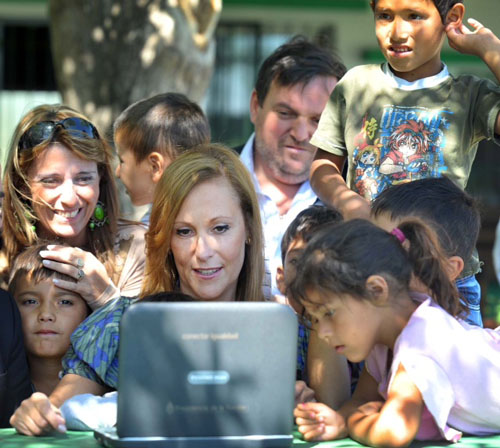
Conectar Igualdad is a 1:1 educational program seeking to enhance Argentinian public schools through the distribution of netbooks to all students and teachers at public secondary schools, teacher training colleges and special education schools. The goal is to remove barriers to learning and bring core academic content to low-income communities. As I chatted with Dr. Silvina Gvortz, Executive Director of the Conectar Igualdad program, while in Buenos Aires last week, I was inspired by her passion for and commitment to educational equity in a country where, according to the Social Debt Observatory from the Argentine Catholic University (UCA), an estimated 11 milhões de pessoas (out of a population of 40 milhão) live in poverty.
Silvina is a professor at the Universidad de San Martín, a visiting professor at SUNY-Albany and a researcher in the National Council for Scientific and Technical Research (CONICET) in Argentina. Between December 2011 and August 2012, she served at the Ministry of Education of Buenos Aires Province. Gvirtz is also a contributor to Helen Malone’s newly released book, Liderando a Mudança Educacional (Teachers College Press, Setembro 20, 2013). We discussed some of the goals and strategies, along with her hopes for Argentinian education going forward.
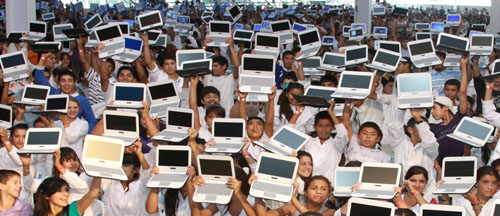
Silvina, please briefly summarize the size and situation of the Conectar Igualdad project.
Since October 2010, Conectar Igualdad has distributed 3,493,289 netbooks in 8,800 public schools of Argentina. By the end of 2013, Conectar Igualdad will reach the goal of 3,650,000 netbooks. Inicialmente, the student receives the netbook on loan. Once he/she graduates in a timely manner, the netbook is owned by the student. Netbooks today are a valid device for educational programs of this nature. Porquê? The educational system should ensure that every student can understand and produce complex texts: reading and understanding classical and contemporary literary works, scientific texts, numerical charts, etc.; writing essays, stories and poetry; and producing data analysis. This is part of the mission that schools must accomplish. Tablets have some limitations to achieve these objectives. Tablets may be interesting devices to promote reading comprehension, but they don’t favor written production of texts with some level of complexity. It is not a coincidence that the vast majority of scientists, journalists and writers produce their texts on PC, notebooks or netbooks. The tablet does not stimulate written production. “New” is not always the synonym of better, especialmente na educação.
The decision of adopting netbooks or tablets requires considering the context. There are educational projects involving the distribution of tablets that are very interesting. These programs, em geral, are implemented in societies where there are many technological tools available for students, isto é,, students have access not only to tablets but also to desk computers, netbooks or other devices. When the context indicates that the unique daily device is the one given by the State, it’s more convenient to allow students to have a device that promotes writing and reading.
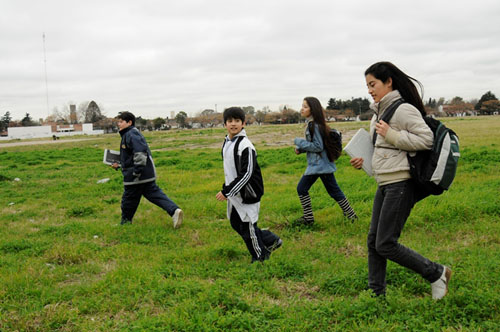
Please briefly summarize the learning tools/content software and any add-ons that are included with each netbook.
The netbooks runs both Windows and Linux. Conectar Igualdad has developed Huayra, a free operating system based in Debian GNU Linux that runs in the netbooks that are being distributed in 2013.
The netbooks were designed to have various content to use in the classes, thus have a lot of free and open source educational software and multiple educational resources: pedagogical software to be used in Maths, Natural Sciences, Social Sciences and Literature lessons; software for videogame development and programming; multimedia, Internet and office tools; and a digital library with more than 3,000 livros.
Por exemplo, you can use Avogadro for simulation of organic chemistry; Audacity, for capturing and editing audio, so students can work and experiment with their own productions; GeoGebra, a dynamic geometry simulator. A concrete example is the possibility of analyzing function parameters. Por exemplo, the study of the concavity of a quadratic function is particularly enhanced by GeoGebra, since with a simple slider, students can appreciate the effects of changing the value of a parameter by seeing how it affects a graph of the function. With pencil and paper this is more difficult since it would require drawing different graphs, something that takes the focus away from the analysis of the function.
Também, Conectar Igualdad provides specific devices to support accessibility for students with special educational needs and includes a special education desktop with specific software. The program distributes, por exemplo, a Braille printer for students visually impaired, and joysticks and trackballs for students with motor-related impairments.
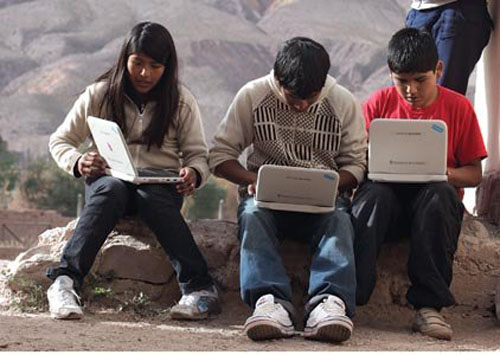
Each netbook is given to a child, but you mentioned that it is really an education tool for the student’s whole family. Can you explain this further?
The social situation of Argentine families has changed since the implementation of the Universal Child Allowance, a measure implemented in 2009 by President Cristina Fernandez de Kirchner. This benefit applies to unemployed persons or to those that work in the informal market and earn less than the minimum wage. Conectar Igualdad fits in this context of expansion of rights. Many of the students who received the netbook come from households that didn’t have a computer. Conectar Igualdad was the first contact with technology for many adults and families, and the Program also provides educational content and activities for all of its members. Em muitos casos, students are those who teach their parents and grandparents to use the netbooks. Por exemplo, in a trip to Misiones (a province in the north-east of the country), I witnessed a conversation between a mother and her daughter that received a netbook. The mother said, “Bem, now you will teach me how to use the computer!” And the daughter answered, “Only if you behave yourself!” These are the family dynamics that are stimulated by Conectar Igualdad.
What are the other educational challenges you face in poorer communities? What additional support does your government provide to ensure children can now get a quality secondary school education?
Em maio 2003, com 52% of argentines living below the poverty line, 6% of GDP was allocated to pay interest on the debt and only half of that to education. Ten years later, after the enactment of the national law of education and the law of education funding, this government spent 6.5% of a much larger GDP last year on education. In these 10 anos, professores’ salaries have increased more than six fold, new technical schools were opened and 7000 rural schools were connected to Digital Television Broadcasting. The investment in education by the State in this period is unprecedented in the last four decades, mas, claro, doesn’t offer magical solutions. I believe our challenge is to continue working specifically on pedagogy and the training of teachers. A second challenge we can now face in Argentina in terms of the educational system is to extend the day in all public schools.
What are the main goals of the Conectar Igualdad initiative? What are your personal hopes and dreams for this inspiring initiative?
An educational project involving the distribution of netbooks has at least two major aims. A social aim is to reduce the digital divide and ensure access to technology for all young people. An educational aim is to improve the quality of education and increase learning outcomes. My personal hope is that all students will have the same opportunities to access knowledge. Digital literacy represents to the XXI century what the literacy process was to the XIX century. My personal dream is that Conectar Igualdad contributes to achieving educational justice in Argentina.
Para mais informações sobre Liderando a Mudança Educacional: http://store.tcpress.com/0807754730.shtml
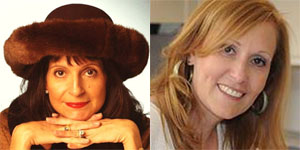
All photos are courtesy of the Conectar Igualdad program.
Para mais artigos na Got Tecnologia? série: A Pesquisa Global para a Educação: Got Tecnologia? – Finlândia, A Pesquisa Global para a Educação: Got Tecnologia? – Canadá, A Pesquisa Global para a Educação: Got Tecnologia? – Austrália, A Pesquisa Global para a Educação: Got Tecnologia? – Cingapura, A Pesquisa Global para a Educação: Got Tecnologia? – Estados Unidos, A Pesquisa Global para a Educação: Got Tecnologia? Escolas IB em um mundo virtual
Na busca Global para a Educação, se juntar a mim e líderes de renome mundial, incluindo Sir Michael Barber (Reino Unido), Dr. Michael Bloco (EUA), Dr. Leon Botstein (EUA), Professor Clay Christensen (EUA), Dr. Linda, Darling-Hammond (EUA), Dr. Madhav Chavan (Índia), Professor Michael Fullan (Canadá), Professor Howard Gardner (EUA), Professor Andy Hargreaves (EUA), Professor Yvonne Hellman (Holanda), Professor Kristin Helstad (Noruega), Jean Hendrickson (EUA), Professor Rose Hipkins (Nova Zelândia), Professor Cornelia Hoogland (Canadá), Honrosa Jeff Johnson (Canadá), Senhora. Chantal Kaufmann (Bélgica), Dr. Eija Kauppinen (Finlândia), Secretário de Estado Tapio Kosunen (Finlândia), Professor Dominique Lafontaine (Bélgica), Professor Hugh Lauder (Reino Unido), Professor Ben Levin (Canadá), Senhor Ken Macdonald (Reino Unido), Professor Barry McGaw (Austrália), Shiv Nadar (Índia), Professor R. Natarajan (Índia), Dr. PAK NG (Cingapura), Dr. Denise Papa (US), Sridhar Rajagopalan (Índia), Dr. Diane Ravitch (EUA), Richard Wilson Riley (EUA), Sir Ken Robinson (Reino Unido), Professor Pasi Sahlberg (Finlândia), Professor Manabu Sato (Japão), Andreas Schleicher (PISA, OCDE), Dr. Anthony Seldon (Reino Unido), Dr. David Shaffer (EUA), Dr. Kirsten Immersive Are (Noruega), Chanceler Stephen Spahn (EUA), Yves Theze (Lycée Français EUA), Professor Charles Ungerleider (Canadá), Professor Tony Wagner (EUA), Sir David Watson (Reino Unido), Professor Dylan Wiliam (Reino Unido), Dr. Mark Wormald (Reino Unido), Professor Theo Wubbels (Holanda), Professor Michael Young (Reino Unido), e Professor Minxuan Zhang (China) como eles exploram as grandes questões da educação imagem que todas as nações enfrentam hoje. A Pesquisa Global para Educação Comunitária Página
C. M. Rubin é o autor de duas séries on-line lido pelo qual ela recebeu uma 2011 Upton Sinclair prêmio, “A Pesquisa Global para a Educação” e “Como vamos Leia?” Ela também é autora de três livros mais vendidos, Incluindo The Real Alice no País das Maravilhas.


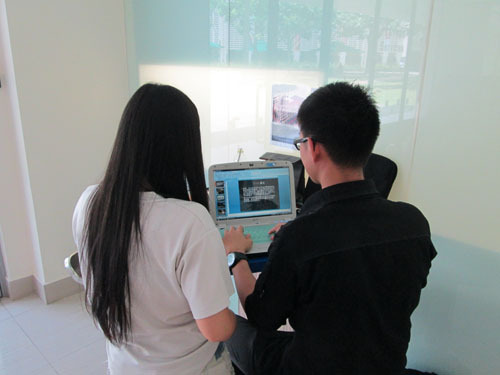
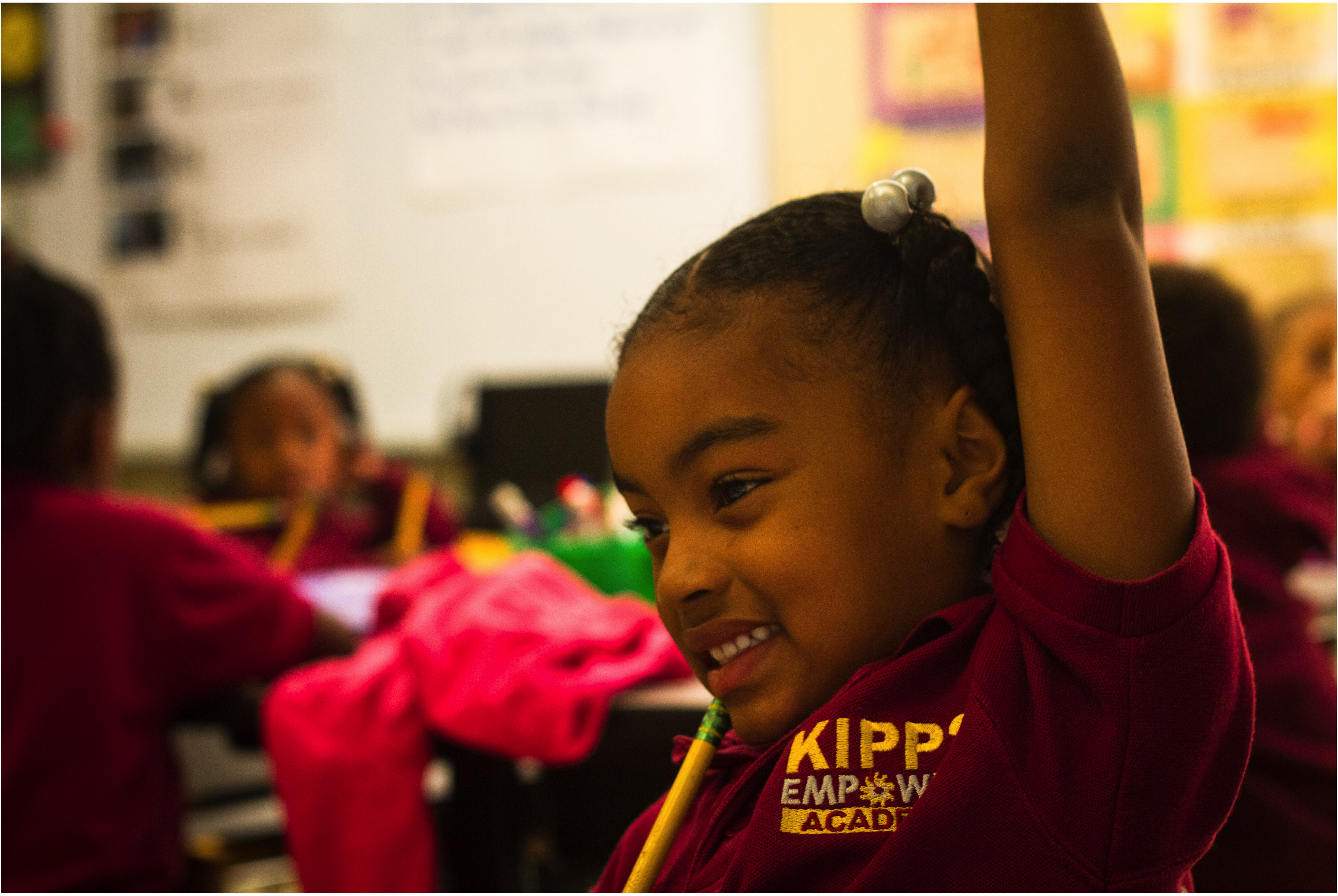
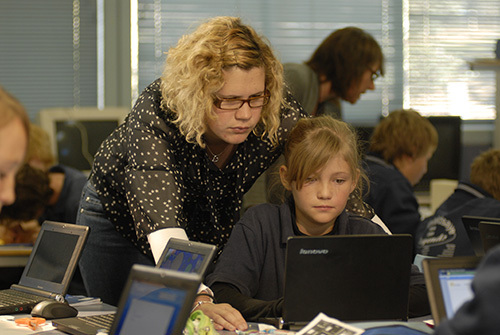
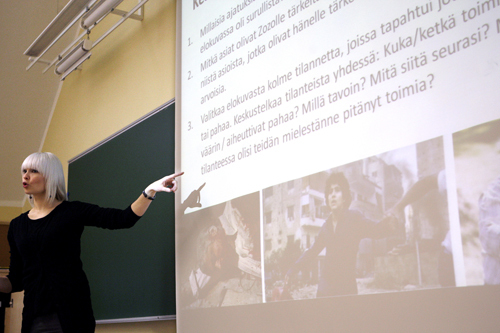
Comentários Recentes